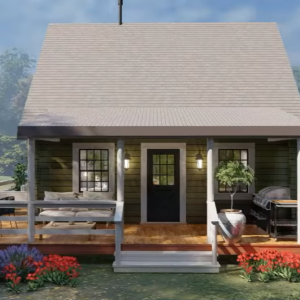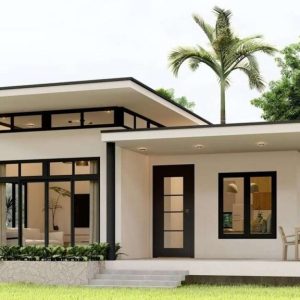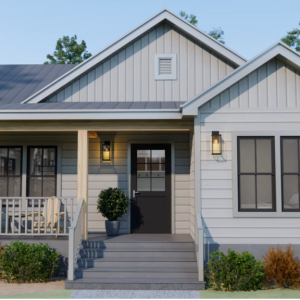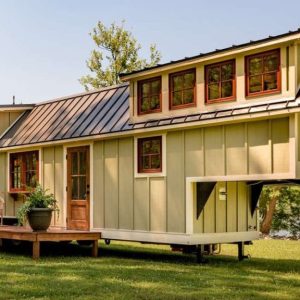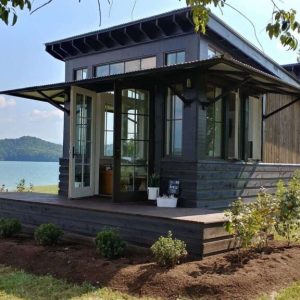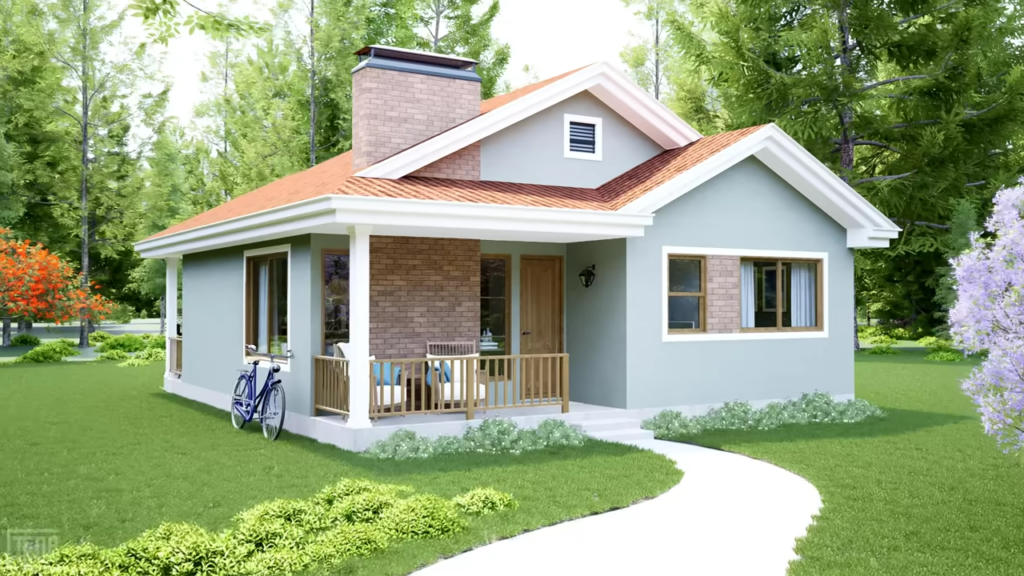
The tiny house lifestyle is a concept that is becoming increasingly popular today. This style of house not only reduces the living space but also embraces a quiet lifestyle by combining simplicity and comfort. Tiny house owners aim to live a freer life by reducing unnecessary consumption habits, taking an environmentally friendly approach, and getting rid of financial burdens.
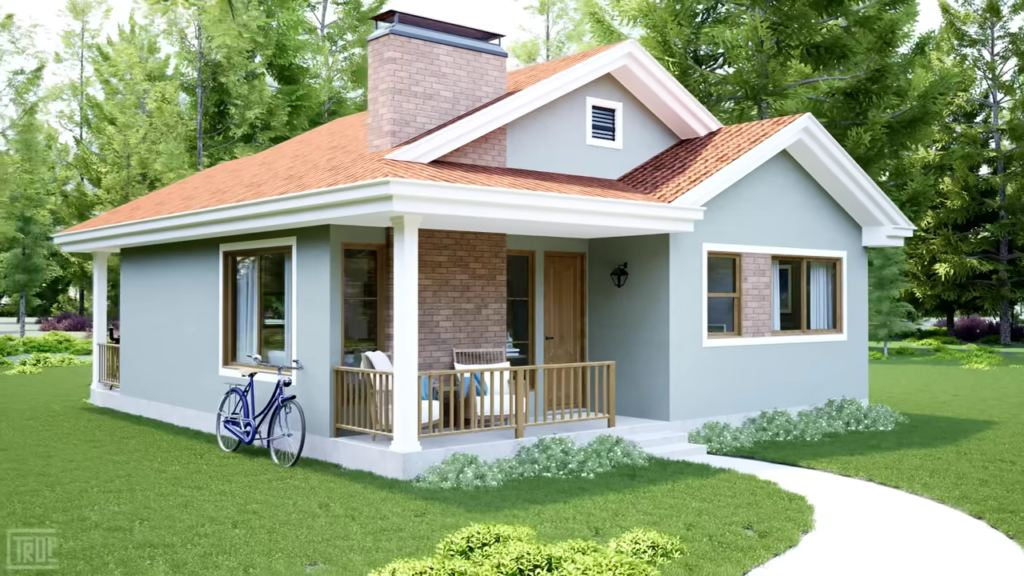
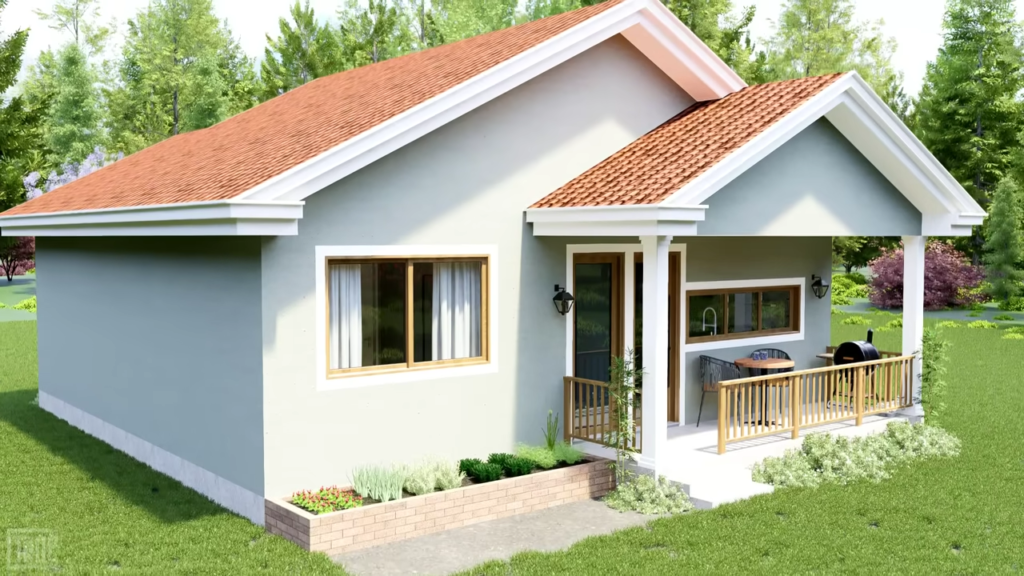
Tiny houses generally cover a smaller area than average homes. However, this small space is organized to meet every need, effectively using creative designs. In tiny houses, which are generally open-concept, the living area, kitchen, and bedroom can be found together. While this arrangement increases the spaciousness of the space, it also offers an environmentally friendly approach by reducing energy and water consumption.
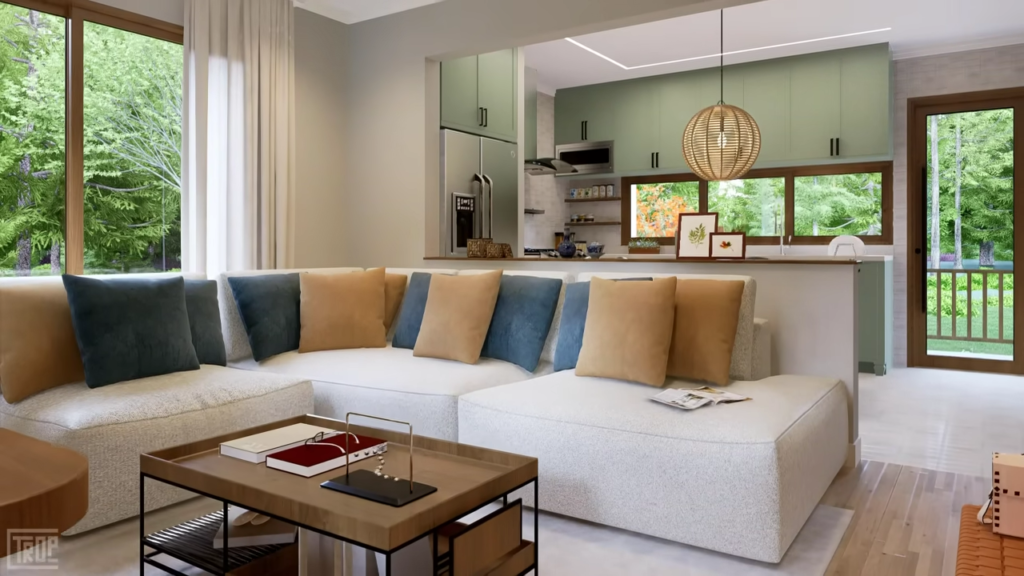
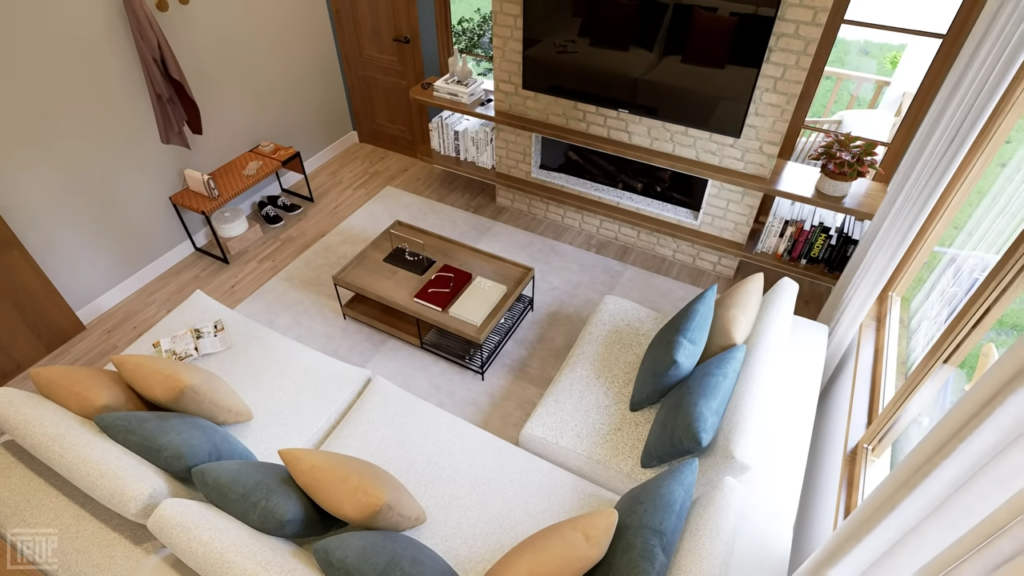
Owners of tiny houses adopt a simple and minimalist lifestyle by not only reducing the physical space but also reducing unnecessary items. This allows the person to focus only on their basic needs and not feel financially burdened. Having less stuff means keeping order at home and making cleaning easier.
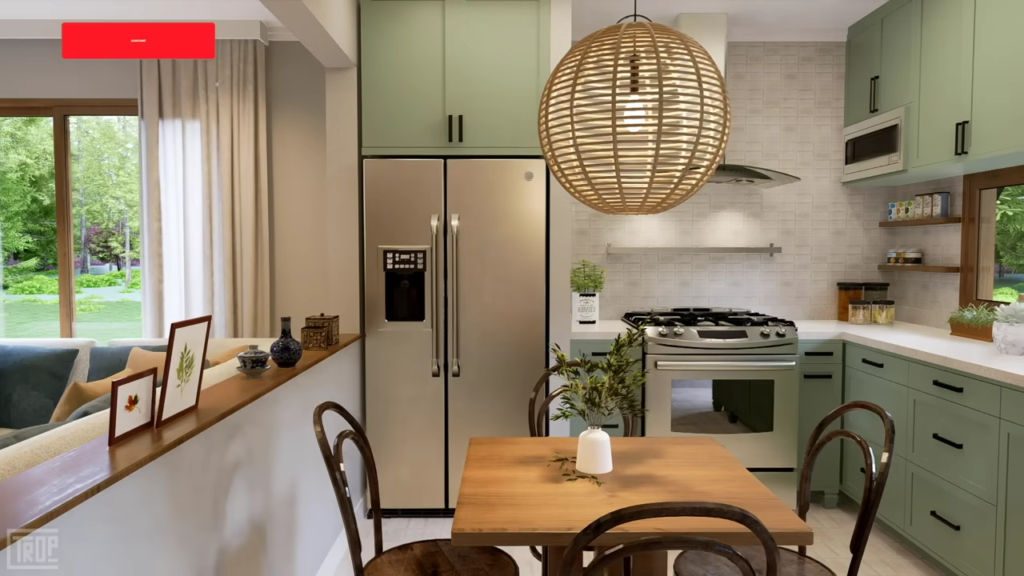
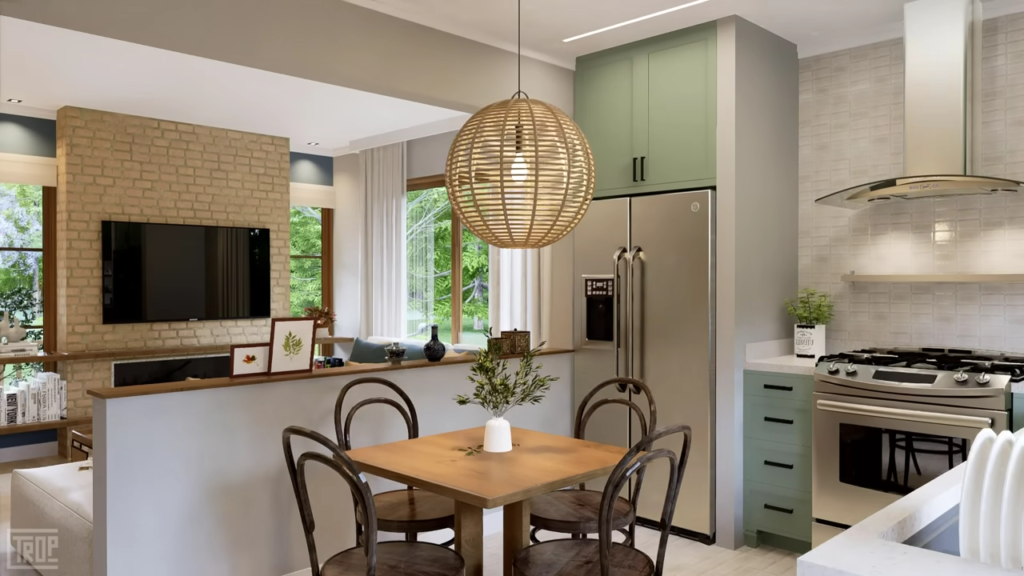
Tiny houses are also advantageous in terms of energy efficiency. Having a small footprint can reduce heating and cooling costs. Additionally, many tiny homes support an eco-friendly lifestyle using sustainable energy sources such as solar panels. These features offer tiny house owners not only economic but also environmental advantages.
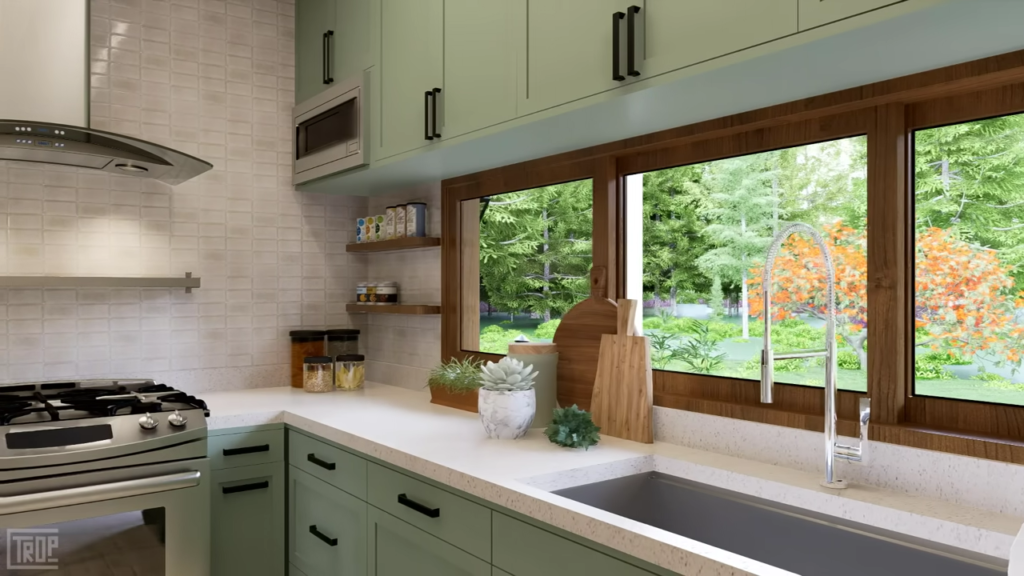
The tiny house lifestyle also reflects the search for independence and freedom. Tiny homeowners can travel freely, explore new places, and simplify their lives with less ownership and possessions. This lifestyle offers an ideal solution to meet aspirations for personal independence and freedom.

While tiny house owners often focus on living with fewer items, this also provides the opportunity to review their consumption habits and make sustainable choices. These homeowners often prefer quality, durable, and versatile items so that a small number of items can be used in a variety of ways to meet needs.

The interior designs of tiny houses are often multifunctional and include clever solutions for storing items. Under-bed storage areas, wall-mounted shelves, foldable furniture, and multi-purpose items provide effective use in a small space. These practical designs expand the living space while also providing an aesthetically pleasing appearance.
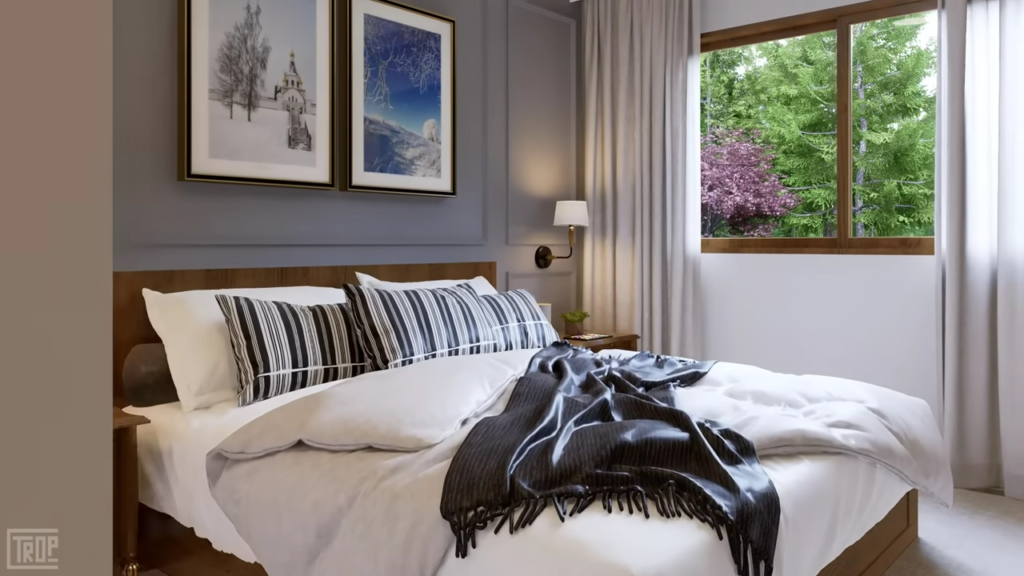
Tiny house owners often give importance to outdoor spaces as well. Owning a tiny house often comes with the chance to effectively use outdoor spaces such as a garden or terrace. This allows tiny homeowners to spend time outdoors, grow their food, or adopt sustainable living practices.
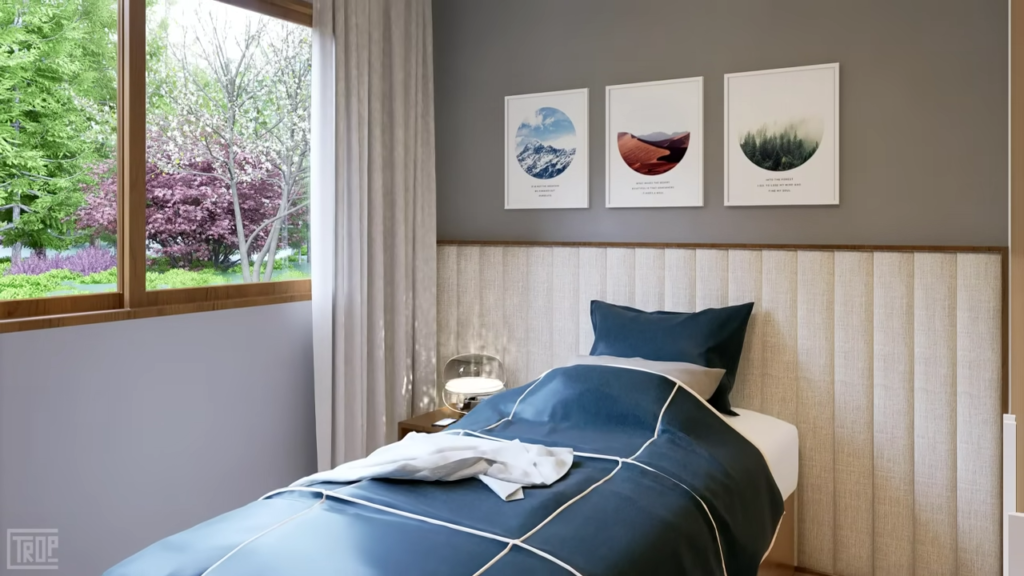
This lifestyle not only simplifies individuals’ own lives but also creates positive effects on society. Tiny houses generally have a smaller carbon footprint and use natural resources more effectively. Additionally, these types of homes are generally more affordable, providing a more accessible option for those looking to live in areas with high housing costs.
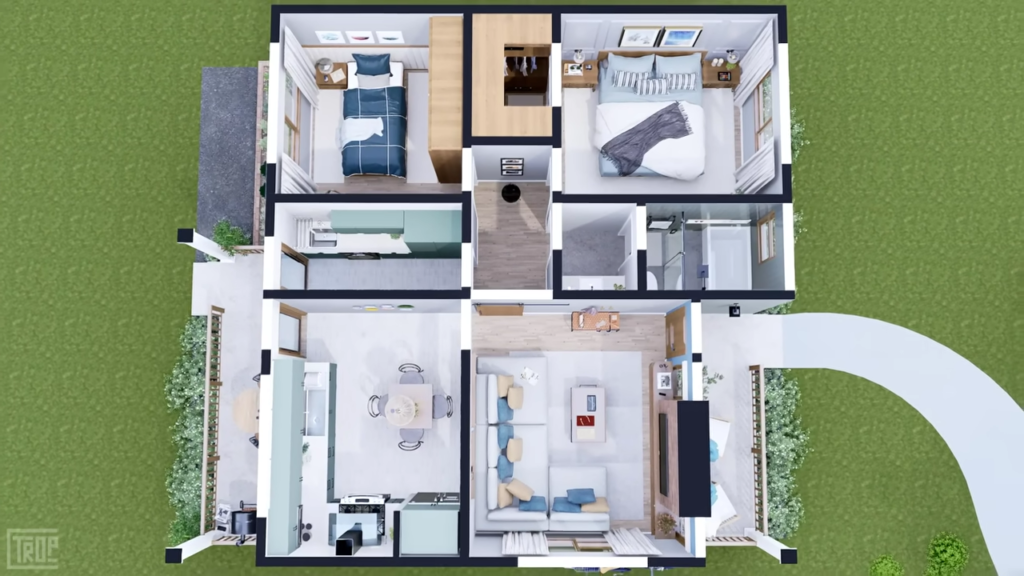

As a result, the tiny house lifestyle not only reduces the size of a home but also aims to simplify individuals’ lifestyles, adopt an environmentally conscious approach, and satisfy their quest for freedom. This minimalist and comfortable lifestyle has become attractive to many people today and reflects the search for simplicity and meaning not only at home but also in all areas of life.

